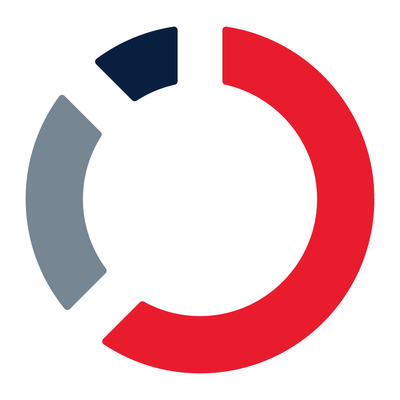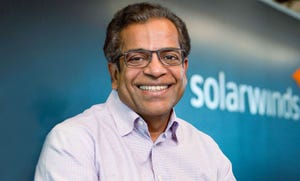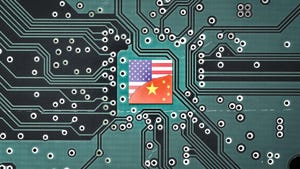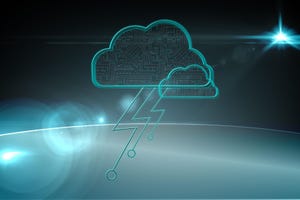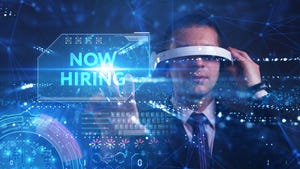Executive Roundtable: The Myths And Realities Of Legacy Systems
Three IT executives share their thoughts on holding onto legacy systems, and what effect that has on business innovation.
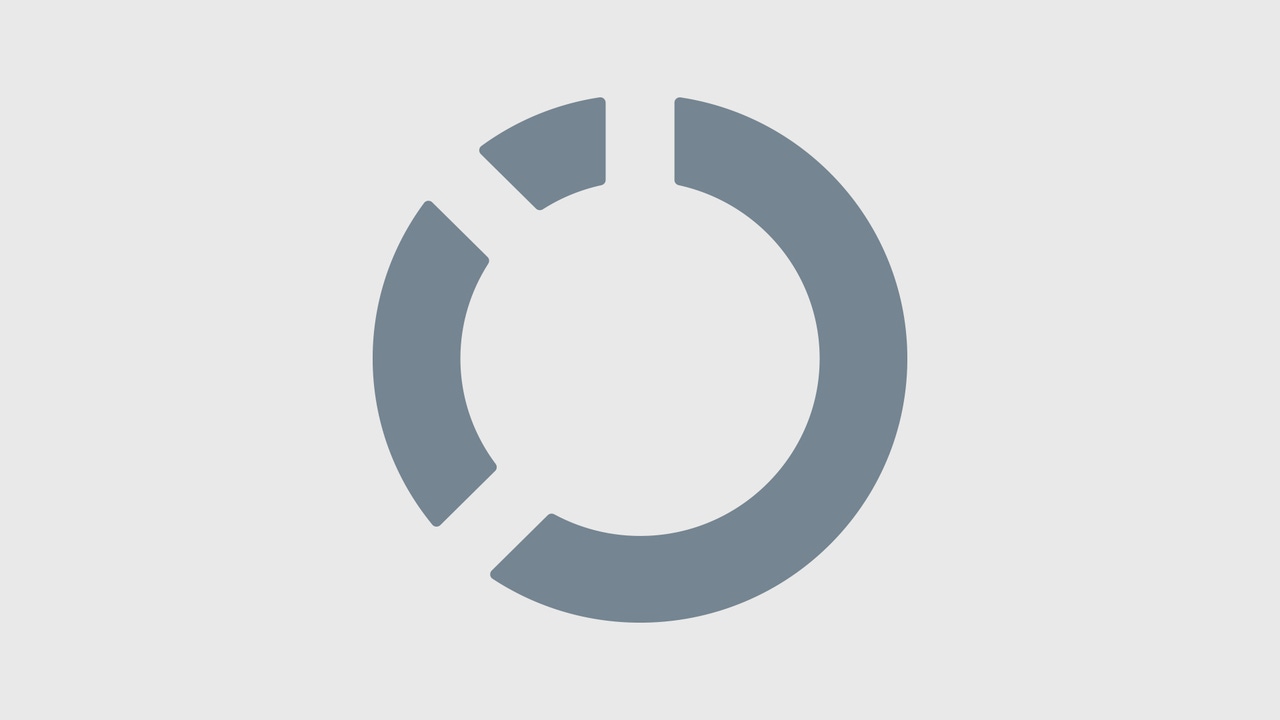
InformationWeek: So where is all of this leading? What changes do you see in the next few years?
Ken Harris: One tidal wave that's happening is both the proliferation of information and the immediacy of information to business users. A large part of why legacy got a bad rap was that the information needed for change--from users, partners, customers, competitors and stakeholders--wasn't getting where it had to go in a timely way. With real-time data, organizations are able to adapt to what's happening in the world. Systems won't become as ossified as in the past because of this real-time access to information and the technology that enables it.
Craig Murphy: It took four to five years to rewrite applications in the past, but if it ever takes more than 12 months now, look out.
Ken Harris: We won't batch-replace systems anymore. New technology allows us to replace pieces and parts, not full systems. I won't replace a full accounting system, for example, maybe just an accounts-payable piece that's part of a service architecture. There are continuous improvements in offering smaller, more manageable chunks of applications.
Paul Whatling: BT put in a large-scale, 18,000 end-point network to connect our health-care providers over the past three years. Now we're adding voice and extensions to it. We're building on this legacy network, not rebuilding it new. We're extending the architecture.
InformationWeek: What about virtualization? Do you see its advantages yet?
Craig Murphy: Sabre is beginning to work with its partner, EDS, on some virtualization. It's the future, but for a big system like Sabre, it's not there yet. To me, virtualization means using VMware on a collection of boxes that will then present an image of an end system based on capacity or software. The hardware can be remote or at your data center; if it's remote, it's a service. It's really about shifting the workload around as demand changes.
Paul Whatling: We've come to assume network reliability with no downtime at huge speeds. Convergence opens a new way to work collaboratively with customers. We've identified four key drivers: the switch to digitization; workforce virtualization--where people can work wherever they are in the world; sourcing; and real-time access to information and data. These are the drivers of the future.
About the Author
You May Also Like

